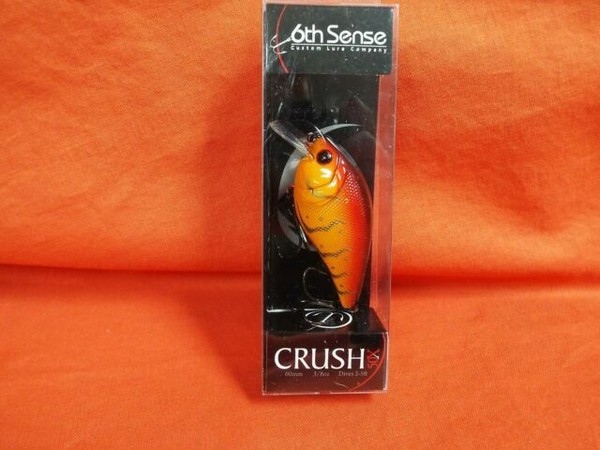

Development is slow, with some species developing through as many as 10 instars, or molts. They overwinter as adults and lay eggs in the soil during the spring and summer. Millipedes sometimes migrate in large numbers, particularly after heavy rains in the late summer or as the weather cools.Ĭentipedes are found in a variety of habitats, but prefer dark, moist, protected areas such as under stones, rotted logs, leaves and bark. With each molt, they add additional segments and legs until they reach sexual maturity - usually in two to five years, depending on the species. Young millipedes have only the first three pairs of legs and no more than seven segments. In the spring, millipedes lay between 20 and 300 eggs in the soil. Millipedes spend most of their lives in the soil where they also overwinter. Most millipedes are scavengers and feed primarily on decaying vegetation and leaf litter, although some species attack roots of living plants. Treatment recommendations include washing the bite site with soap and water, applying ice or cool wet dressings and taking analgesics for pain. Most centipede bites are uncomplicated and self-limiting.

People who are allergic to insect venoms and other toxins may suffer severe reactions to centipede venom. Occasionally, humans may be bitten by centipedes, but the poison usually only produces a moderate reaction similar to a bee sting. They catch their prey with their powerful jaws and then kill it by injecting it with venom. Most centipede species feed on small creatures such as insects. Centipedes vary in color from light yellow to dark brown and reddish brown. The most common centipede species found in Georgia are less than 5 inches long. Depending on the species, centipedes can vary in length from 1 to 12 or more inches when mature. Jaws containing poison glands are located on the first body segment immediately behind the head. All centipede species are more or less wormlike and have a flattened body with a distinct head that bears a pair of long antennae. Millipedes can climb walls easily and will often enter homes through foundation cracks above ground level.Ĭentipedes are often called 100-legged worms and have one pair of legs on each of their body segments. Species can vary in length from less than 1 to 2 or more inches. They are wormlike, with rounded body segments that each bear two pairs of legs. Millipedes are often called 1,000-legged worms or rain worms. Centipedes, which have poison glands and can bite, pose an occasional threat to humans. They do not cause damage inside the home, although they may leave a stain if they are crushed. Millipedes do occasionally damage seedlings by feeding on stems and leaves, and may enter homes in large numbers during periods of migration and become a considerable nuisance. Millipedes and centipedes do not carry diseases that affect people, animals or plants.

They are typically found in moist habitats or areas with high humidity and are most active at night. However, unlike their marine cousins, millipedes and centipedes are land dwellers. They are actually more closely related to lobsters, crayfish and shrimp. Millipedes and centipedes are not insects.


 0 kommentar(er)
0 kommentar(er)
